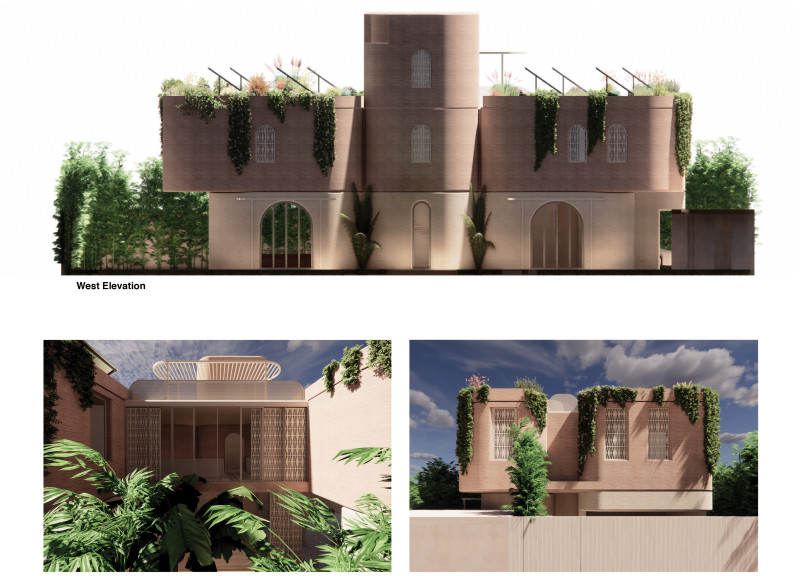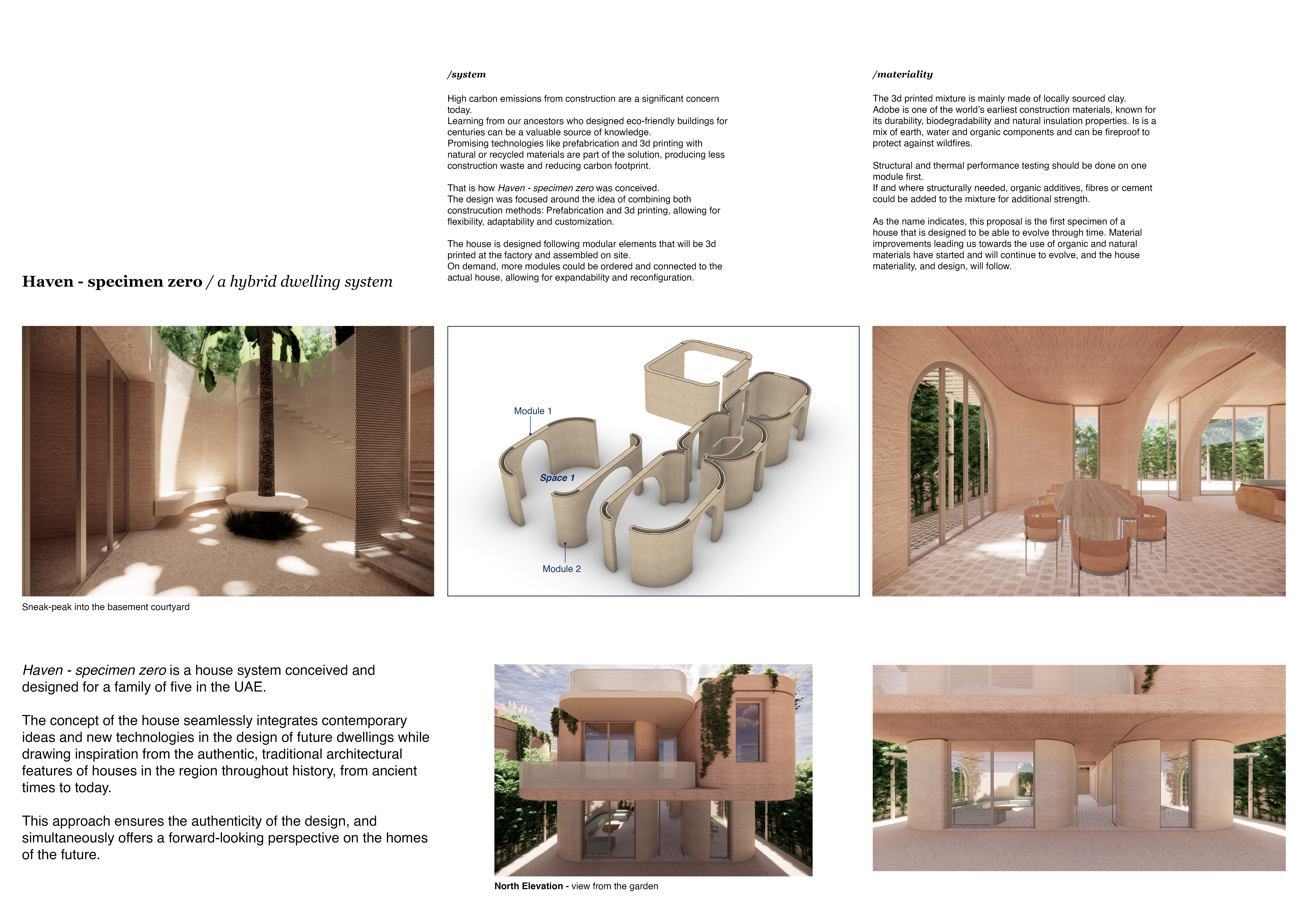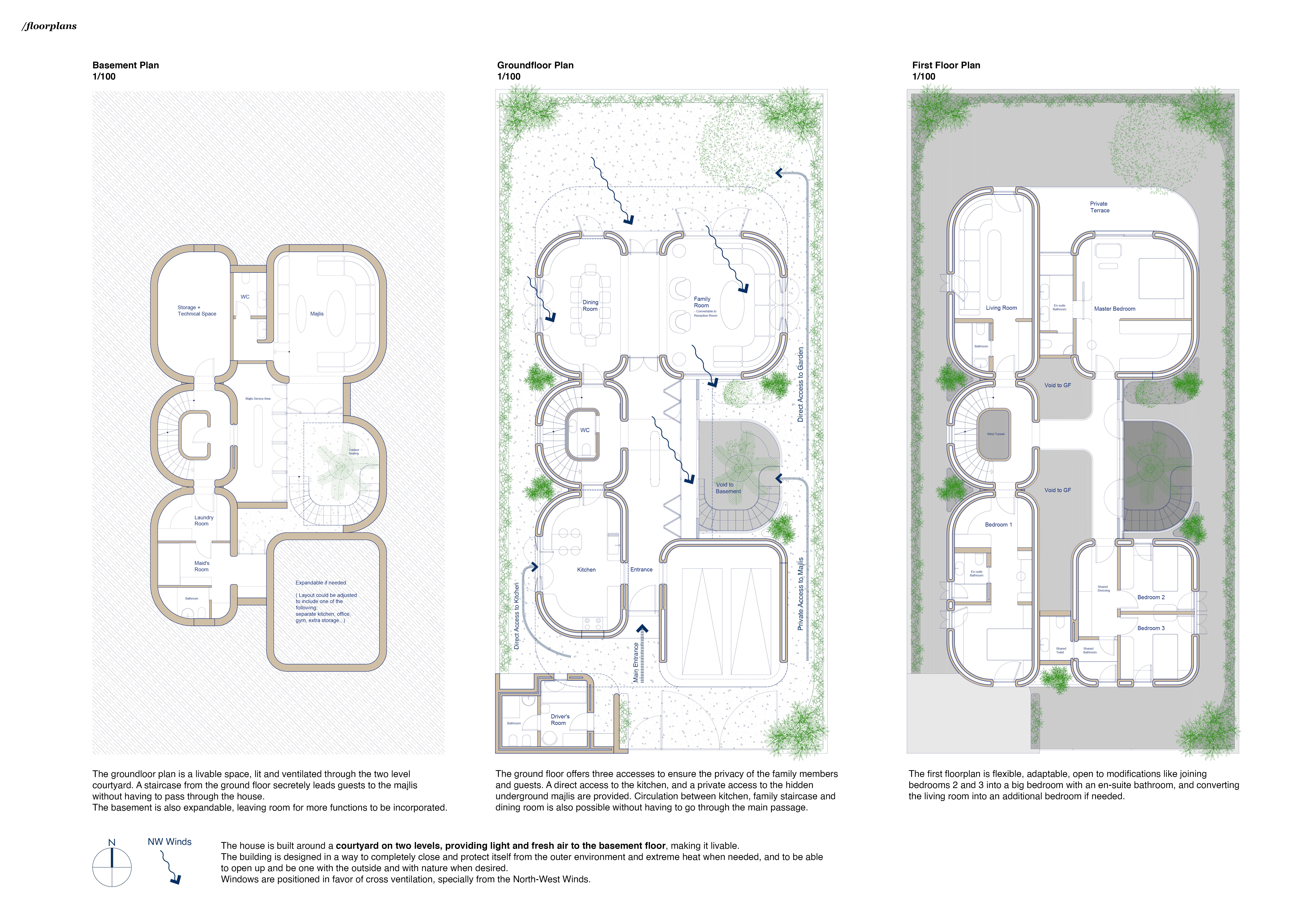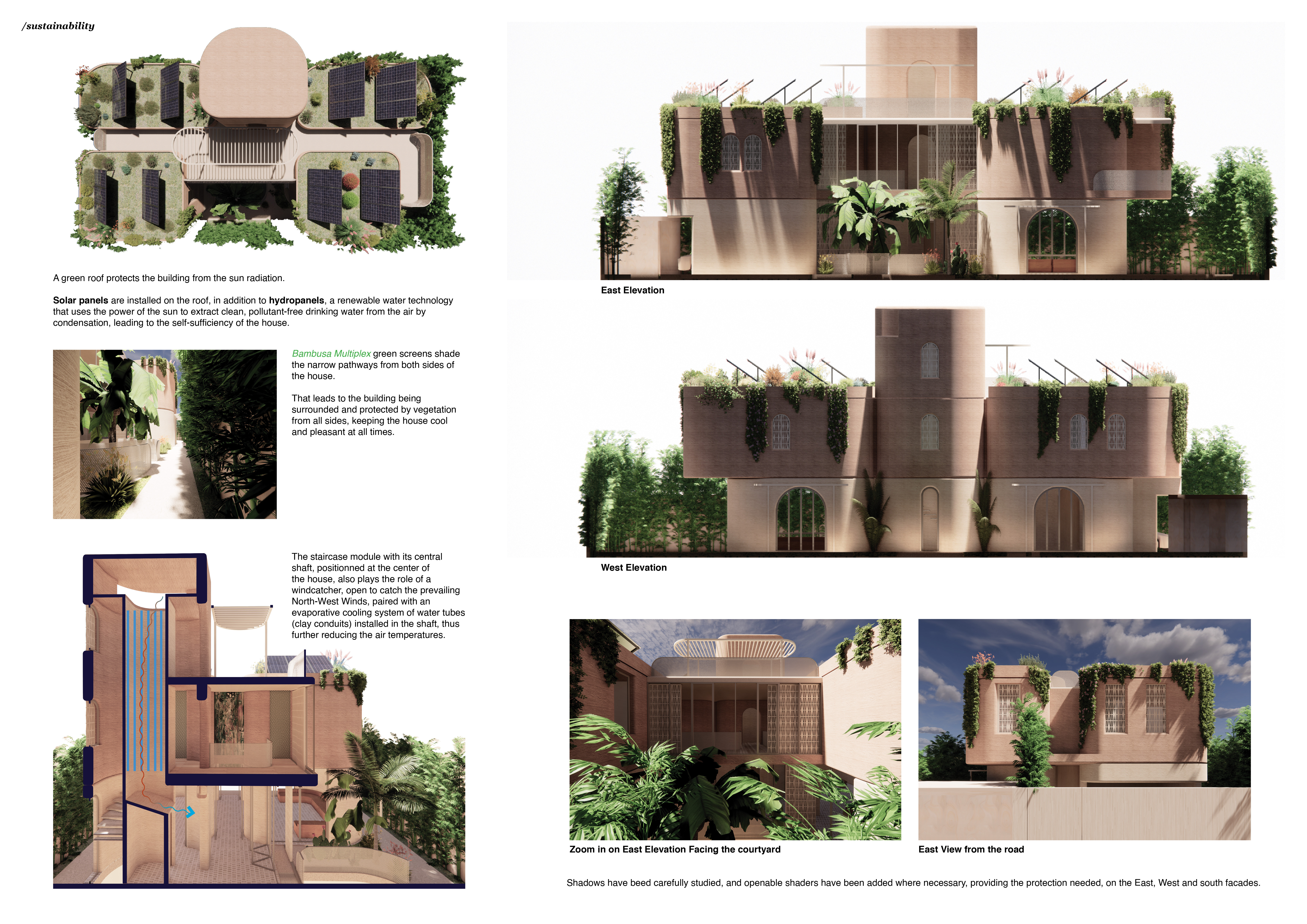5 key facts about this project
At its core, the project functions as a multi-purpose space, designed to accommodate various activities that foster community interaction and engagement. Whether serving as a cultural hub, a workspace, or a recreational area, the building emphasizes inclusivity and versatility in its layout. This adaptability is further enhanced by strategically placed zones that cater to different user needs, allowing for both private and communal experiences. The incorporation of open spaces seamlessly integrates natural light into the interior, creating an inviting atmosphere that encourages gatherings and collaborative use.
The architectural design is marked by its unique features, which set it apart from conventional structures. One notable aspect is the use of sustainable materials that not only comply with modern environmental standards but also reflect the surrounding landscape. The thoughtful selection of materials, including locally sourced wood, stone, and high-performance concrete, enhances the ecological footprint of the project while celebrating local craftsmanship. This aligns with the ongoing trend in architecture to prioritize renewable resources and minimize environmental impact.
Visually, the building’s facade is a blend of organic and geometric forms, creating a dialogue between contemporary design and the natural elements surrounding it. The careful detailing of the exterior, with a mix of textures and finishes, highlights the architectural intent to create a structure that feels anchored to its site while also offering a modern interpretation of traditional forms. The arrangement of windows and openings not only serves to create visual connections with the outdoor environment but also allows natural ventilation and light to permeate deeper into the building.
Inside, the spatial organization is intuitive and user-friendly, facilitating a flow that encourages movement and exploration. The interior design incorporates flexible spaces that can be adapted for different functions, thereby maximizing the usability of the building. Key areas include multi-functional rooms equipped with modern technology, which support various activities, from workshops to community meetings. In addition, landscaped areas within the building enhance the connection between interior and exterior spaces, allowing nature to play a significant role in the overall design concept.
Another noteworthy element of the project is the engagement with the local community throughout the design process. By involving local stakeholders, the architects ensured that the building reflects the needs and aspirations of those who will utilize it. This approach not only fosters a sense of ownership among community members but also helps to ensure that the architectural design resonates on a cultural level, enhancing its significance within the locality.
In summary, this architectural project stands as a testament to the power of thoughtful design and community involvement. By prioritizing sustainability, functionality, and aesthetic appeal, the building effectively serves its intended purpose while remaining attuned to the needs of its environment and users. To gain deeper insights into this compelling architectural design and explore various elements such as architectural plans and sections, readers are encouraged to review the project's full presentation. This exploration promises a comprehensive understanding of the architectural ideas and approaches that underpin this exceptional project.


























